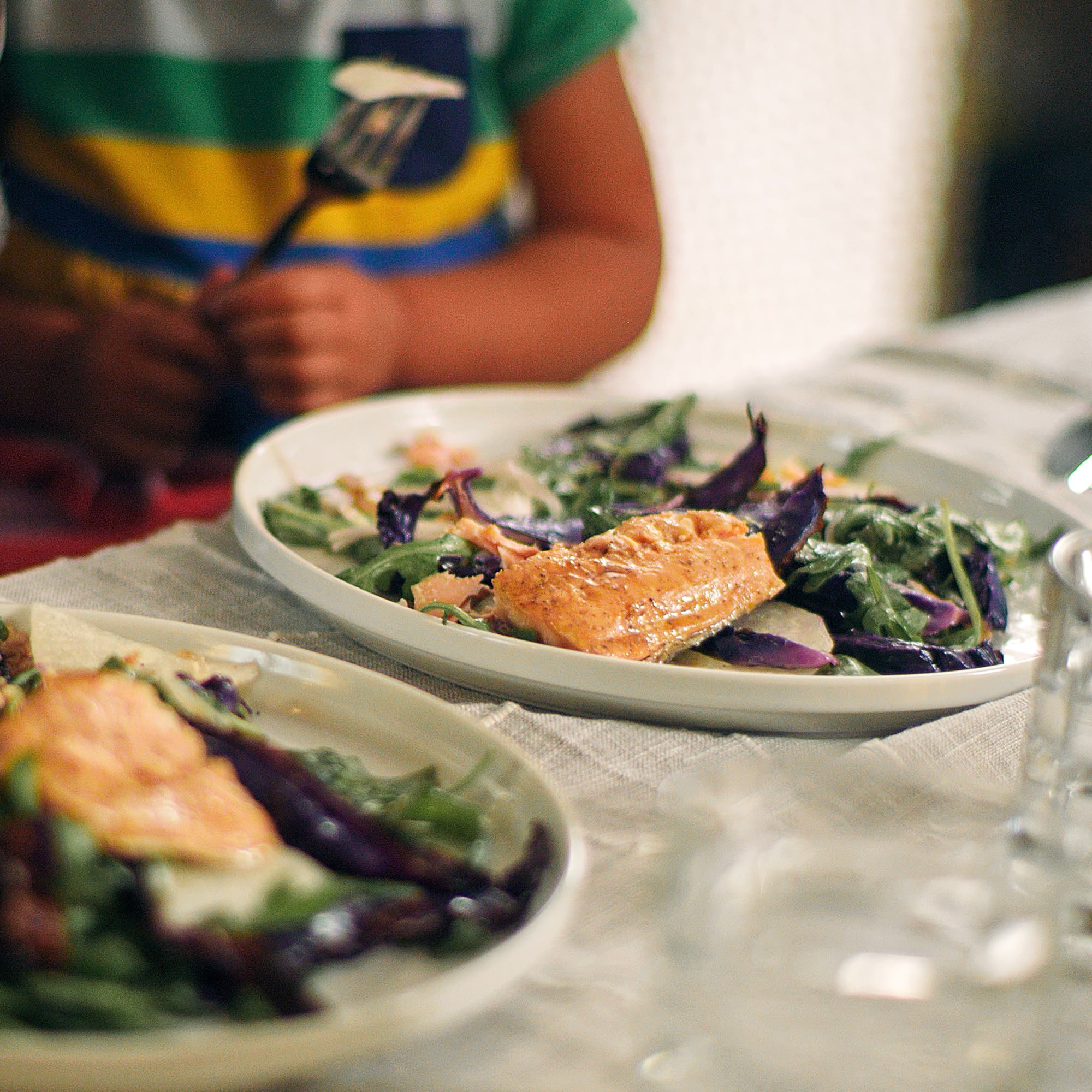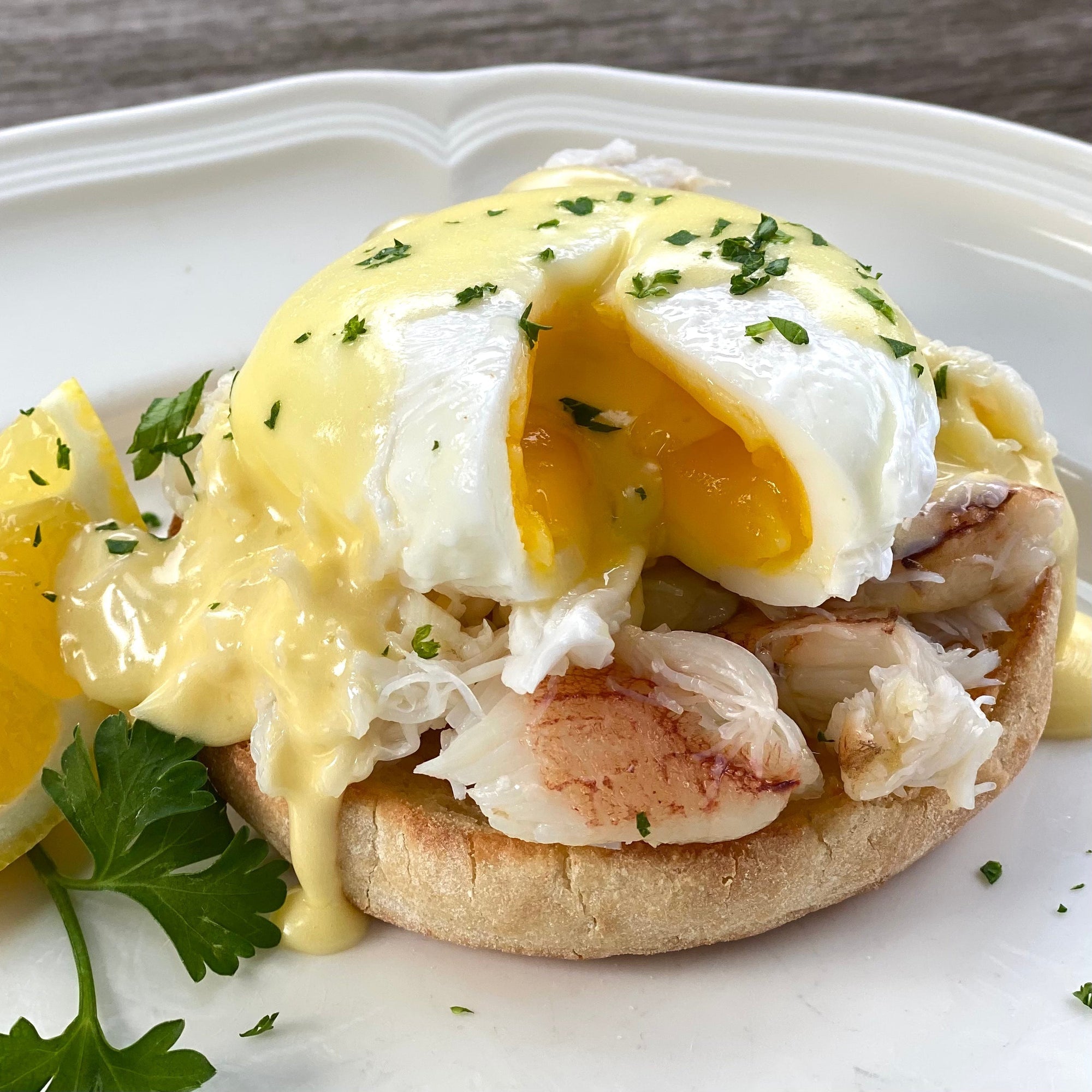Seafood is a vital component of a balanced diet, offering countless health benefits. But when it comes to wild seafood, many wonder how often they should indulge in fish and shellfish. The answer lies in understanding the nutritional value of wild seafood and finding creative ways to incorporate it into your meals.
The Benefits of Wild Seafood
Wild seafood is a rich source of essential nutrients. It's packed with omega-3 fatty acids, which are crucial for heart health, brain function, and reducing inflammation. Wild-caught fish have higher levels of omega-3s compared to their farmed counterparts. In addition, wild seafood is a great source of lean protein, vitamins, and minerals, such as vitamin D, B vitamins, and selenium.
How Often Should You Eat Wild Seafood?
The American Heart Association recommends eating two servings of fish, particularly fatty fish, per week. This translates to about 8 ounces of seafood per week. Fatty fish like salmon, sablefish, and tuna are especially beneficial due to their high omega-3 content.
However, it's important to consider the sustainability and environmental impact of the seafood you choose. Opting for wild-caught fish from well-managed fisheries can ensure that you're consuming seafood that's not only good for you but also for the planet.
Incorporating Wild Seafood into Your Diet
Adding more wild seafood to your diet doesn't have to be complicated. Here are some tips to help you enjoy the health benefits of seafood while keeping your meals exciting:
- Grill or Bake: Grilling or baking fish with a sprinkle of herbs and a squeeze of lemon is a simple and delicious way to prepare seafood.
- Salads and Bowls: Add cooked, flaked fish to salads or grain bowls for a protein boost. Tuna, salmon, and shrimp are great choices.
- Appetizers: Incorporate fish or shellfish into appetizers for a hearty and flavorful meal. Try a classic shrimp cocktail, fresh ceviche, or seacuterie board!
- Pasta Dishes: Toss cooked seafood into pasta dishes with your favorite sauce for an easy and elegant meal. Shrimp scampi or linguine with salmon are popular options.
- Sandwiches and Wraps: Use canned or smoked fish to make sandwiches or wraps for a quick and nutritious lunch. Tuna salad or salmon wraps are both convenient and satisfying.
- Experiment with Different Types: Don't be afraid to try different types of wild seafood. Each variety offers unique flavors and textures, keeping your meals interesting.
Conclusion:
Eating wild seafood twice a week is a great way to incorporate essential nutrients into your diet while enjoying a variety of delicious dishes. By choosing sustainable options and experimenting with different cooking methods, you can make seafood a regular and enjoyable part of your meals. Remember to balance your seafood intake with other protein sources and a variety of fruits and vegetables for a well-rounded diet.
Photo: ASMI


